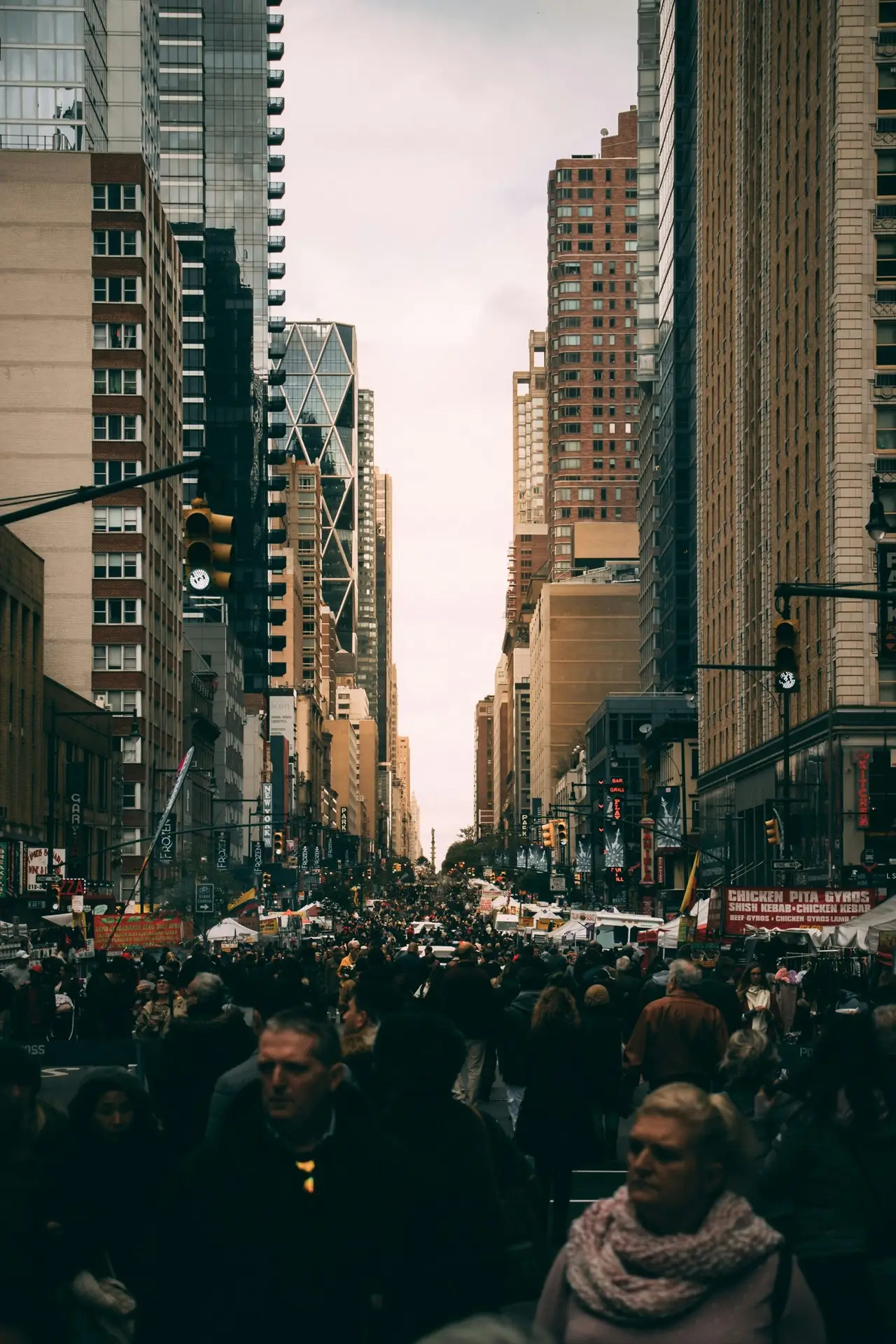
A discussion on how climate change is exacerbated by rising population numbers and the influence of social media in shaping public perception.
The Impact of Climate Change on Current Human Society: An Extrapolated Perspective Based on Changes in Population and Media
The impact of climate change on human society has intensified dramatically in recent decades. While the planet’s changing climate is driven by a mix of natural and anthropogenic factors, the societal consequences have been magnified by two interlinked phenomena: the rapid increase in global population and the proliferation of media coverage through 24/7 news channels and social media platforms.
Relationship Between Population Growth and Climate Vulnerability
In 1995, the global population stood at 5.7 billion. By 2022, this figure surged to 8 billion, reflecting an increase of over 2.3 billion people in just 27 years. This rapid population growth has had profound implications for human vulnerability to climate-related disasters. When extrapolated for densely peopled areas, the following manifestations become extant:
- Increased Exposure to Risks: More people on the planet means a greater likelihood of individuals living in high-risk areas that have always been prone to floods, hurricanes, droughts, and wildfires. Unchecked urbanization has increased populations around coastal cities and floodplains, intensifying exposure to sea-level rise and storm surges.
- Strained Resources: Larger populations demand more resources, including potable water, food, and energy, putting additional stress on ecosystems already weakened by population increase. Resource scarcity often leads to conflict, migration, and humanitarian crises.
- Amplified Disasters: The growing number of people affected by natural disasters is not merely a matter of climate change but also a reflection of population density. For example, a hurricane in a sparsely populated region in 1995 would displace far fewer people than a similar event in a heavily urbanized area today.
The Media Revolution: Amplifying Awareness and Anxiety
Alongside population growth, the advent of 24/7 news channels in the early 2000s and the rise of social media around 2009 have played pivotal roles in shaping public perceptions of climate disasters.
In the past, natural disasters were localized events that rarely captured global attention. Today, 24/7 news channels ensure that every flood, fire, or typhoon is broadcast worldwide in real-time. This constant coverage increases public awareness but also fosters a sense of perpetual crisis.
Platforms like X (formerly Twitter), Facebook, and Instagram have transformed the way climate disasters are reported and discussed. While they help mobilize aid and raise awareness, they also contribute to the rapid spread of misinformation and heightened anxiety.
Hyping the Crisis
Media platforms now bring the faces and stories of victims to a global audience, making the human toll of climate change more visible. While this can inspire action, it also risks desensitizing people due to the sheer volume of tragedies reported.
The combination of population growth and media saturation has created a double-edged sword. On one hand, the global interconnectedness provided by media has heightened awareness of climate change, fostering activism and international cooperation. On the other, the sheer scale of affected populations and the constant barrage of distressing news can overwhelm governments, organizations, and individuals.
The Path Forward
To mitigate the societal impact of climate change, a multifaceted approach is necessary.
- Governments must prioritize sustainable urban planning to reduce vulnerability to climate disasters, especially in rapidly growing cities.
- Education and family planning initiatives can help stabilize population growth, reducing pressure on natural resources and natural disaster vulnerability.
- Media outlets and social platforms must, perhaps through government regulation, strike a balance between raising awareness and avoiding sensationalism, ensuring that coverage empowers rather than paralyzes or overly alarms viewers.
Addressing climate change requires international collaboration, from reducing emissions to aiding vulnerable populations. As the global population continues to grow and media landscapes evolve, the relationship between climate change and human society will remain complex. Understanding this dynamic is essential for crafting effective solutions to one of the greatest challenges of our time.


